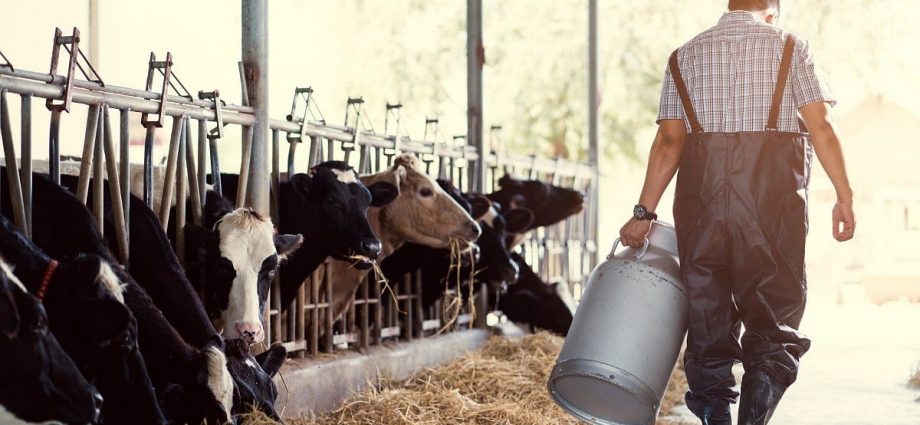THURSDAY, Feb. 6, 2025 (HealthDay News) — A new strain of bird flu has infected dairy cows in Nevada, marking the second time the virus has jumped from birds to cattle.
This latest infection — reported by the U.S. Department of Agriculture (USDA) Wednesday — involves a strain of H5N1, otherwise known as bird flu, known as D1.1. It has been spreading among wild birds and poultry.
Until last year, scientists didn’t think cows could get bird flu, but this discovery suggests herds may be more vulnerable than thought.
“This is not what anyone wanted to see,” evolutionary biologist Louise Moncla, who studies avian influenza at the University of Pennsylvania, told The New York Times. “We need to now consider the possibility that cows are more broadly susceptible to these viruses than we initially thought.”
The B3.13 strain has spread to more than 957 herds in 16 states, according to U.S. Centers for Disease Control and Prevention (CDC) data, since it first jumped from birds to cows about a year ago.
Scientists had hoped bird-to-cow transmission was rare, but this new case challenges that assumption.
“I was kind of under the belief that the bird-to-cow movement was a pretty rare event,” Richard Webby, an influenza expert at St. Jude Children’s Research Hospital in Memphis, Tenn., told The Times.
The fact that it has happened again is “a little bit of a ‘wow’ to me,” Webby added.
Experts continue to say the general public is not at risk, but dairy workers who have close contact infected cows could be vulnerable.
The D1.1 strain has been linked to severe human infections in rare cases: A Louisiana resident died in early January after handling sick birds infected with the strain.
So far, there’s been no evidence of human-to-human spread, but the virus has shown it can mutate with human hosts.
Concerns persist that cows previously infected with B3.13 could get sick again with this new strain, which could make the virus even harder to control.
“It’s no longer just one virus,” Webby told The Times. “This, to me, suggests that it’s going to be a lingering problem.”
More information
The U.S. Centers for Disease Control and Prevention has more on the current situation of bird flu.
SOURCES: The New York Times, media report, Feb. 5, 2025; U.S. Centers for Disease Control and Prevention
Copyright © 2025 HealthDay. All rights reserved.

